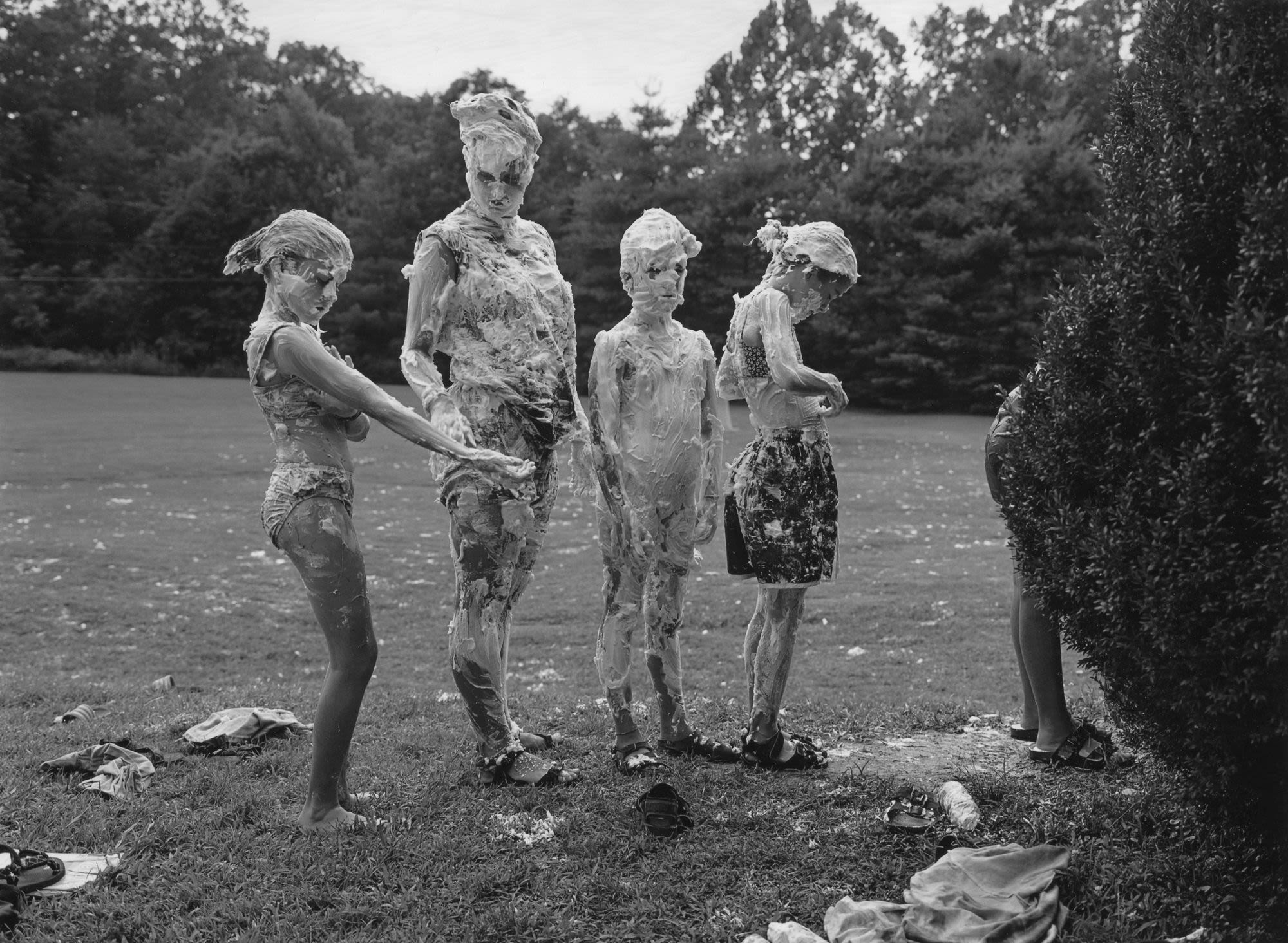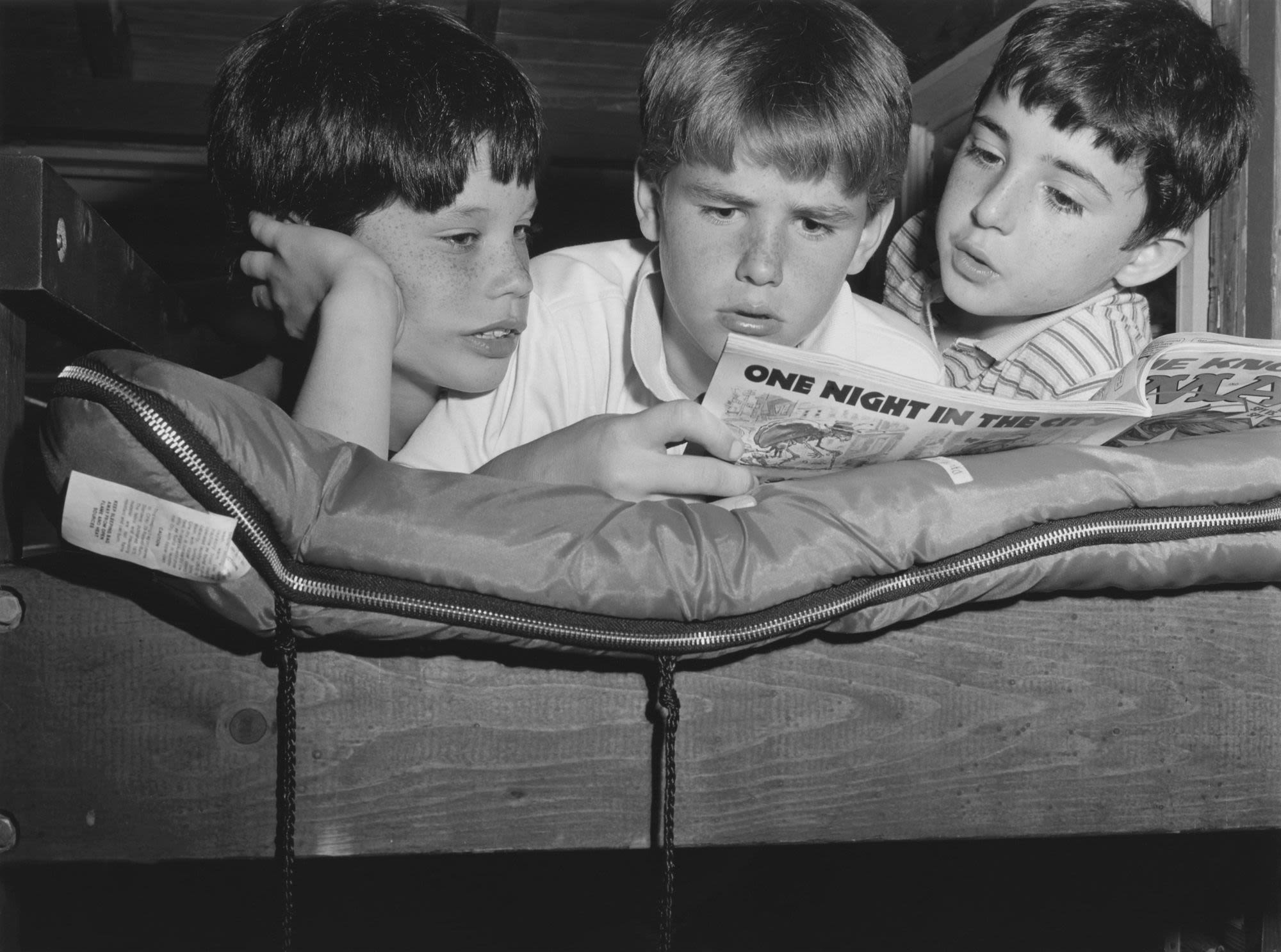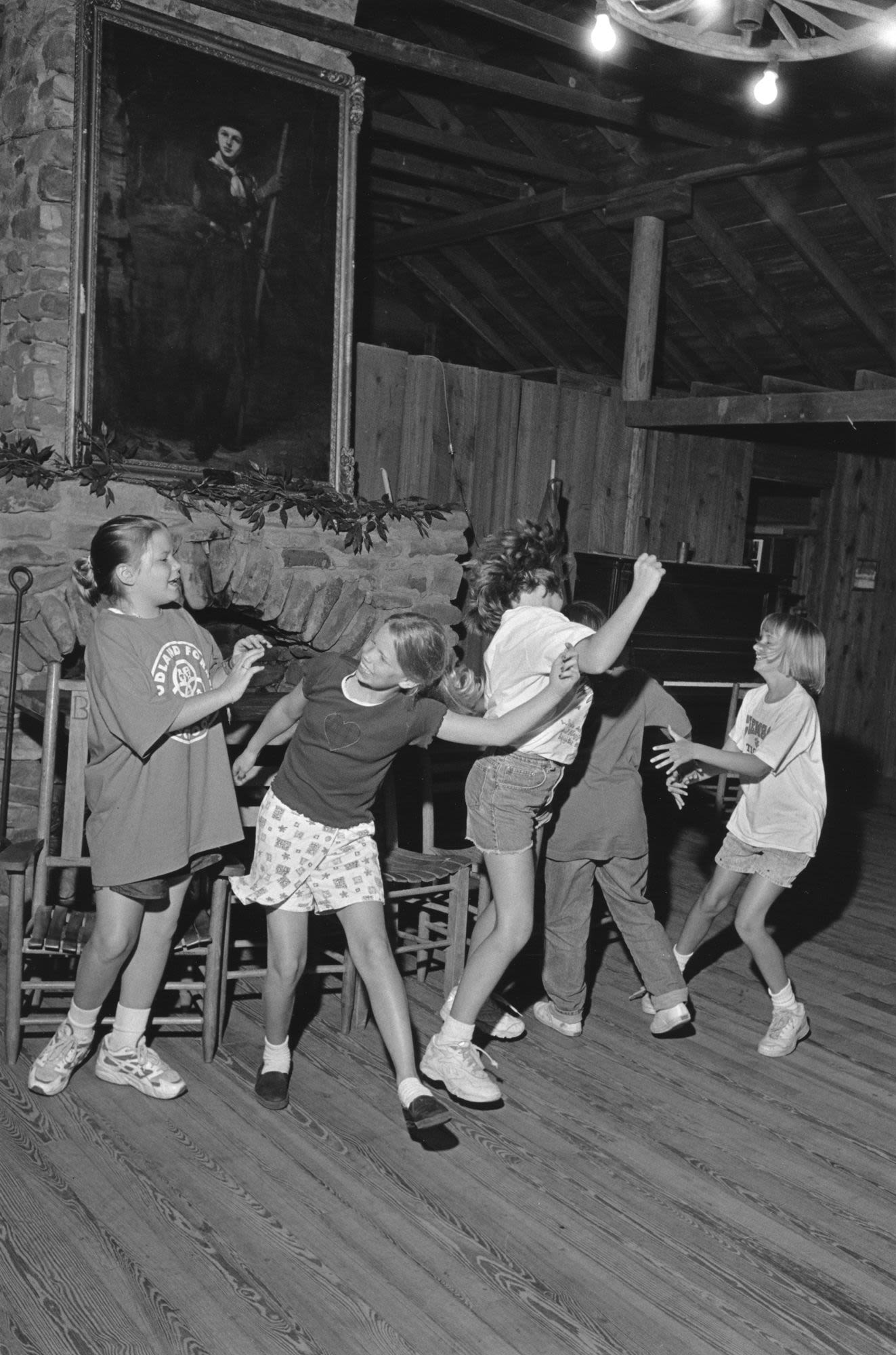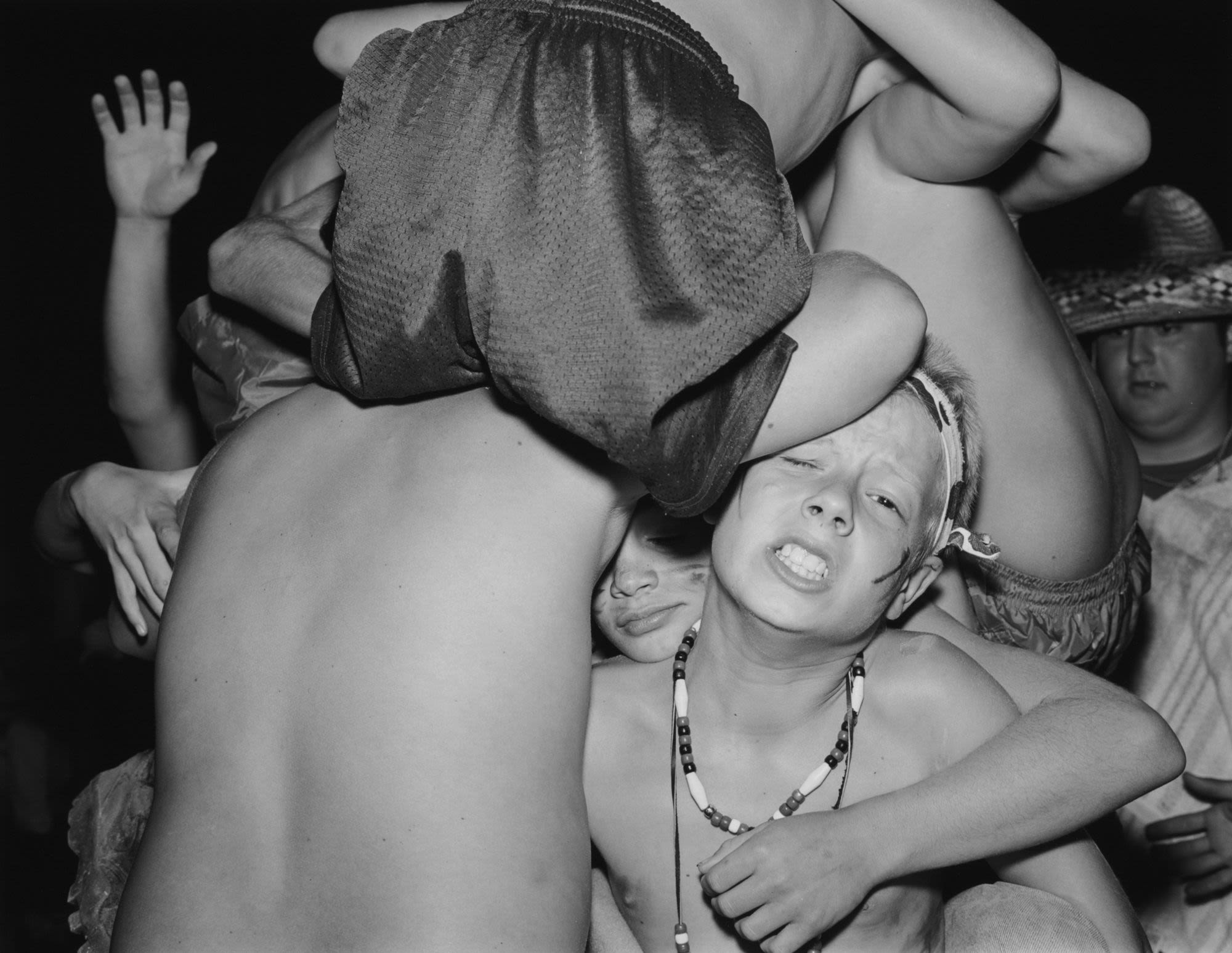Growing Pains:
The Griphold of Gender
By Georgia Grindle, Ana Pohe, Olivia Mirams, and Thomas Green
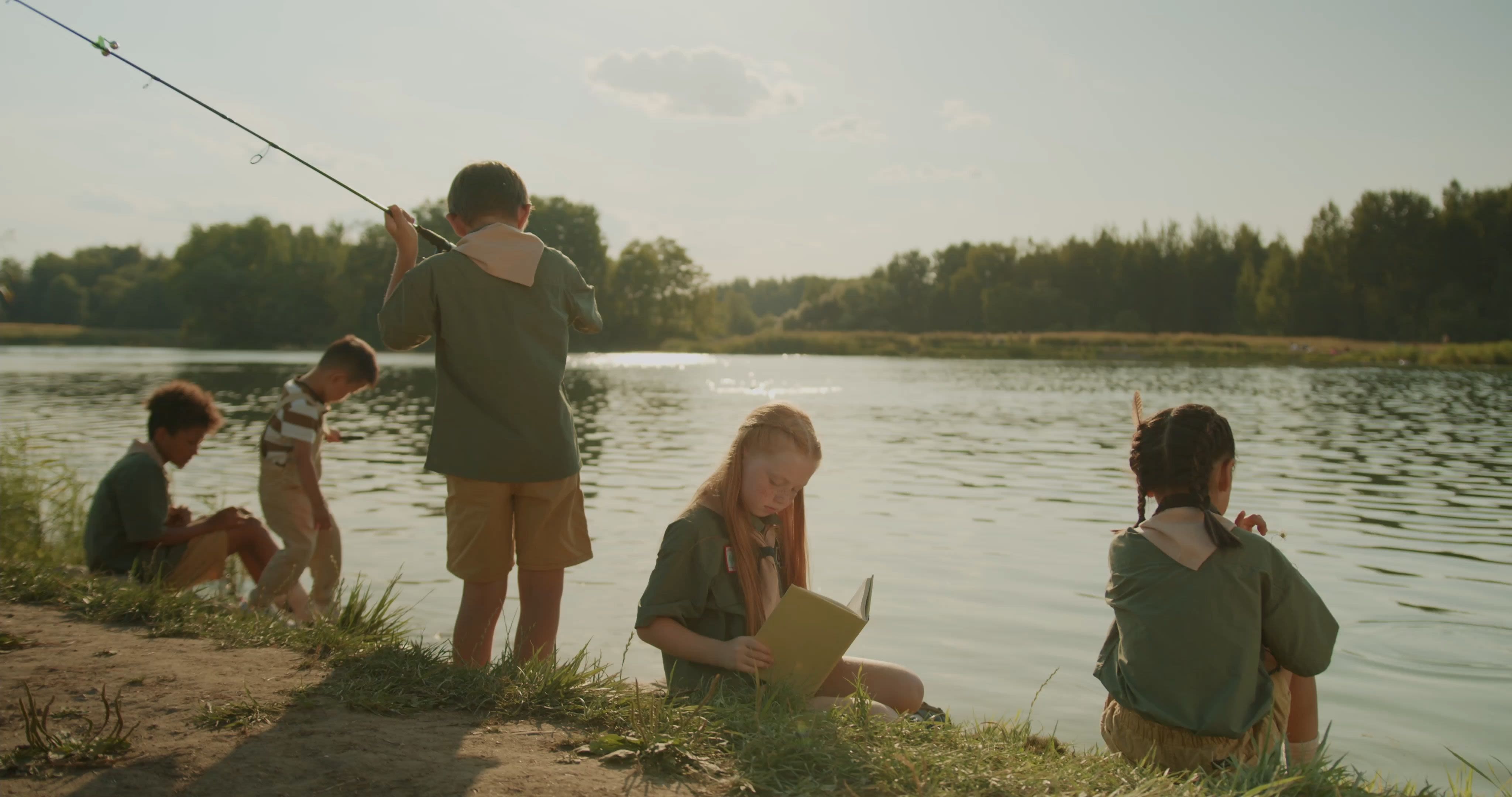
Contraception to Birth
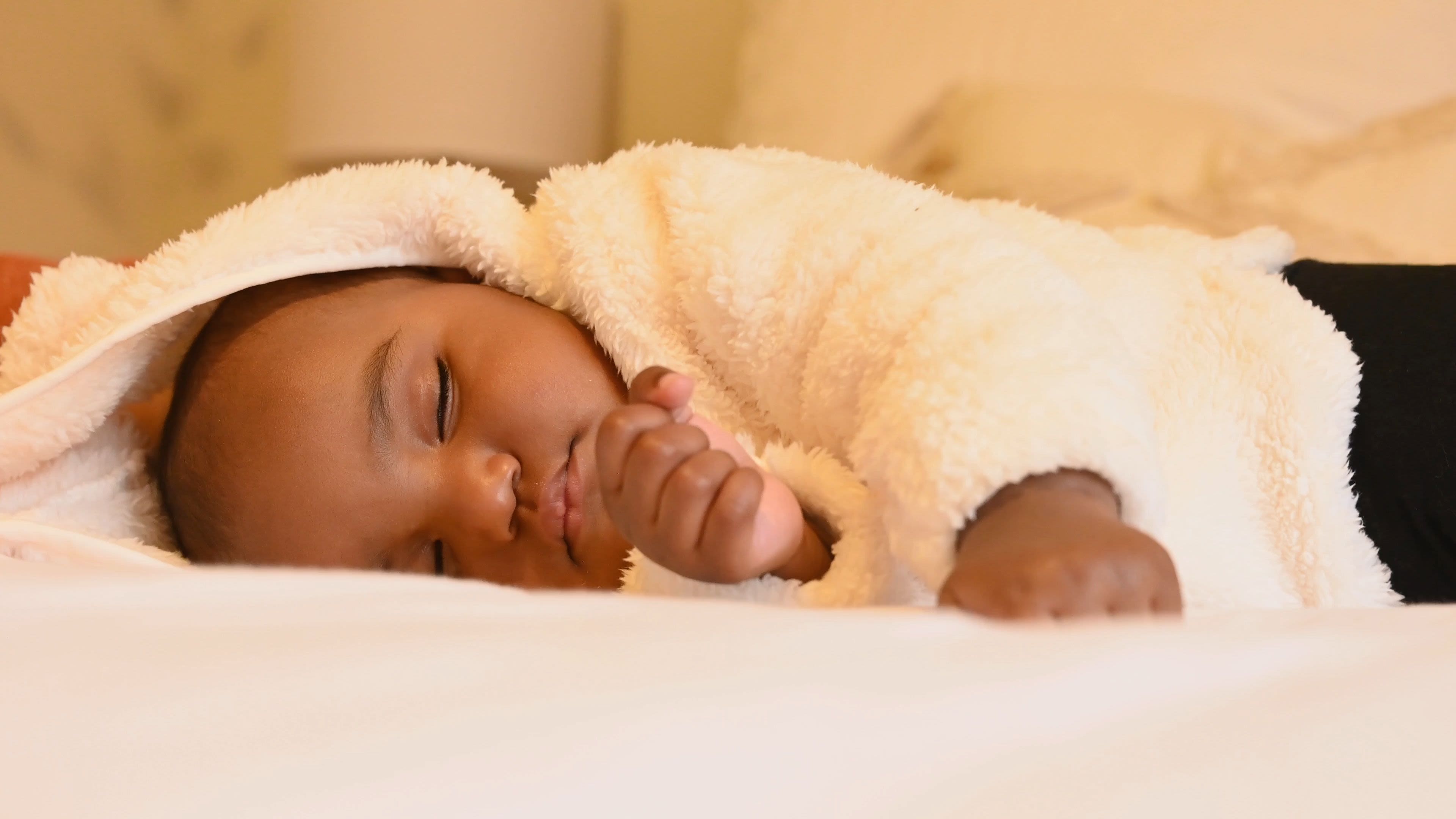
Nature vs Nurture: Neurosexism
To understand the grip hold of Gender on children through the ages, it's important to look at the beginning.
Gender stereotypes begin when you are born. When the sex of a baby is identified, it immediately comes with gendered connotations like “He's going to be such a heartbreaker!’” when it is a boy and “She's Daddy’s little princess!” when it's a girl.
However, it is important to ask where these ideas actually come from, does a boy come out of the womb and immediately become a heartbreaker? Does a girl take her first breath of air and decide to dedicate her life to being ‘daddy’s little princess?' There is a lot of debate surrounding our brains in regard to gender, as a male brain is usually bigger. Many people tend to use this as an excuse for how women are treated in society vs men.
This can be defined as ‘Neurosexism’ “the ugly rush to cloak old-fashioned sexism in the respectable and authoritative language of neuroscience” (Fine, 2008, p. 69).
Well-known Scientist Feminist Cordelia Fine coined this term and wrote two powerful books called ‘Delusions of Gender' and ‘Testosterone Rex’ debunking the idea that our brain and our hormones can be used as an excuse to be sexist.
An honourable mention - The extent parents go to gender their baby, I give you, Gender Reveal Parties:
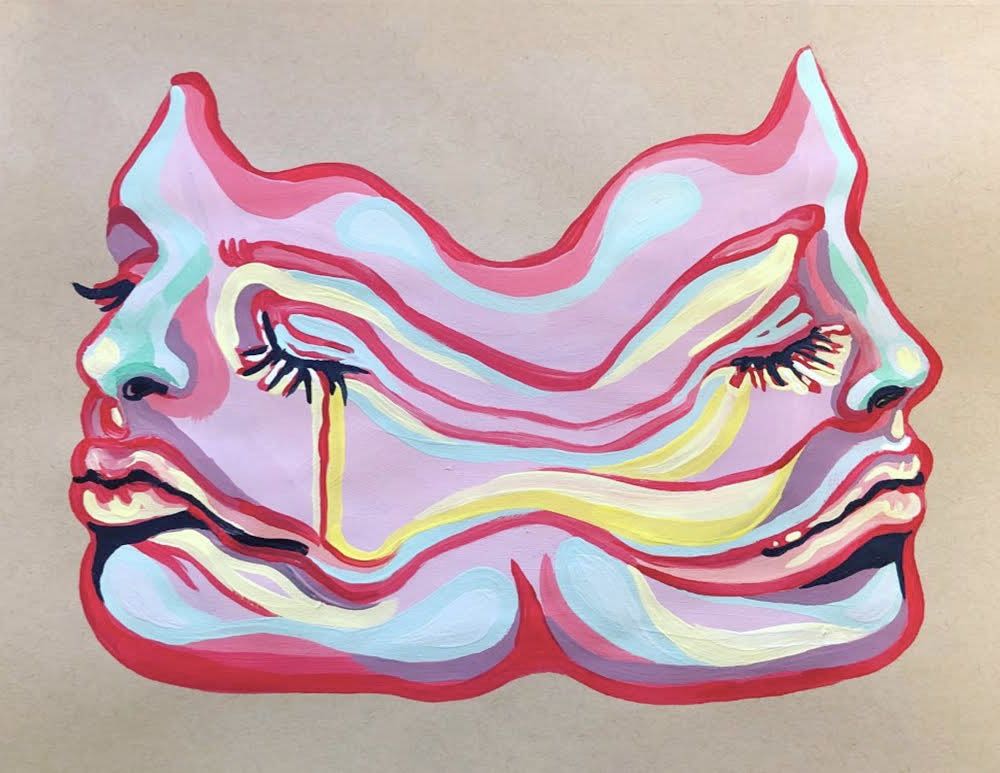
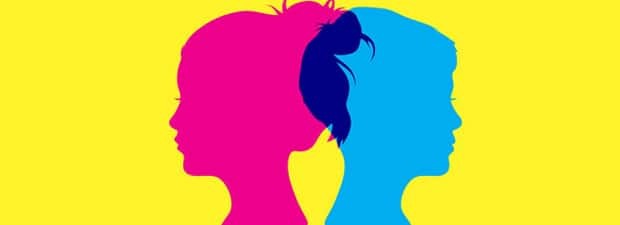
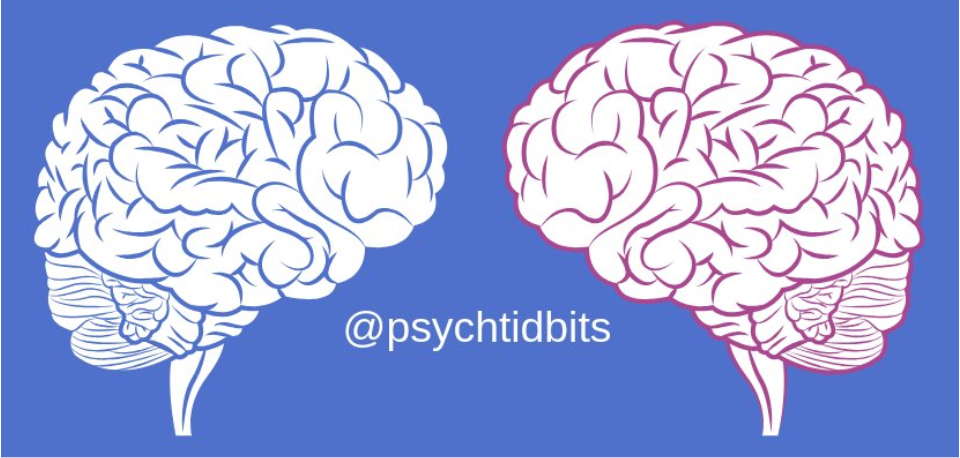
5 to 8

Parenting and Toys
A BBC experiment conducted in 2017 showed that adults could unknowingly fall into encouraging certain types of toys based on what they perceive the child's gender to be:
When Sophie was put into boy's clothing, the adults encouraged her to play with robots and puzzles, and they were much more physical with handling her.
The toys encouraged "spatial awareness and physical confidence," as well as brain stimulation, encouraging boys to strive towards looking more into that field of work.
On the other hand, Edward (wearing pink 'girl's' clothing) was encouraged to play with the dolls and soft toys instead.
During this, one of the adults unintentionally reaffirms the stereotypical submissive housewife role by calling Edward a "good little girl" as he plays with the dolls.
8 to 12

Development
As children reach the age of 8-12 years old their gender identity begins to develop further as they reach puberty. They begin exploring and questioning their gender and where they feel they fit on the spectrum of gender. They move away from parental influences on their gender as they gain more independence and have access to more outer world resources and media.
Gender stereotypes come into play very strongly at this age as they are further exposed to all types of media introducing them to immense amounts of gendered ideologies and stereotypes that subliminally affect how they perceive themselves and their gender.
In this short video, the findings of a global study are revealed and explained to show how kids aged 10 begin to believe gender stereotypes, both from the most conservative countries to the most liberal and progressive countries the same result prevailed.
Kids Believe Gender Stereotypes by Age 10, Global Study Finds
- “Adolescent health risks are shaped by behaviours rooted in gender roles that can be well established in kids by the time they are ten or 11 years old,” - Johns Hopkins
Click the button below to find discover a resource explaining strategies to stray away from exposing children to gender stereotypes and supporting a more open approach.
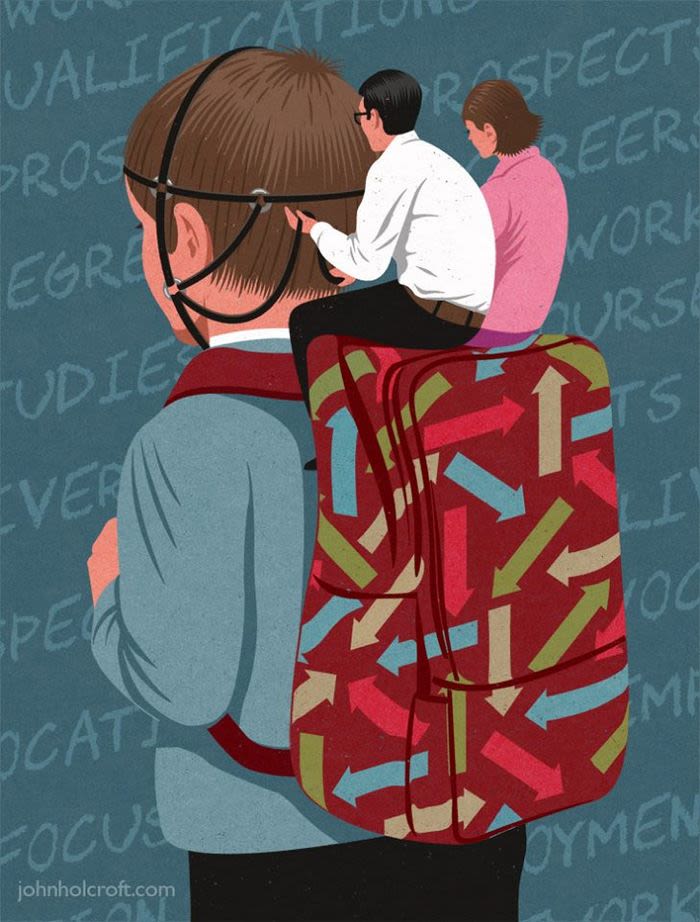
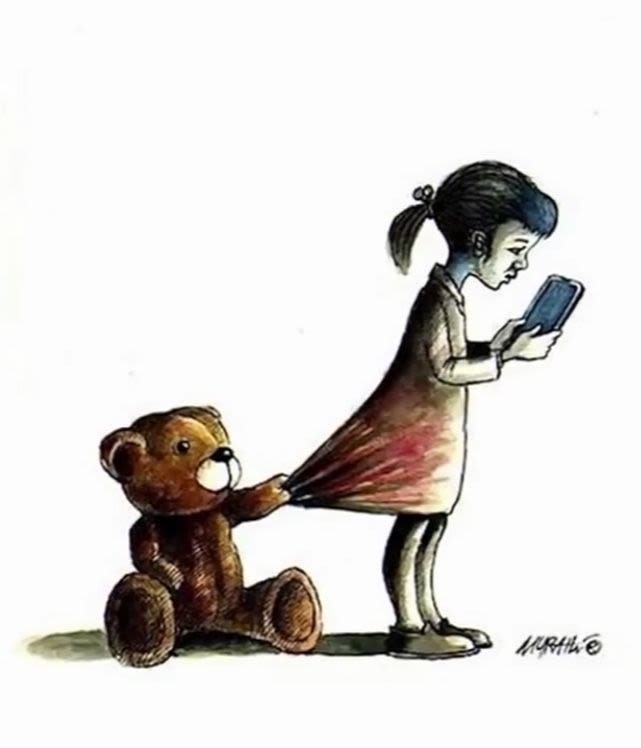
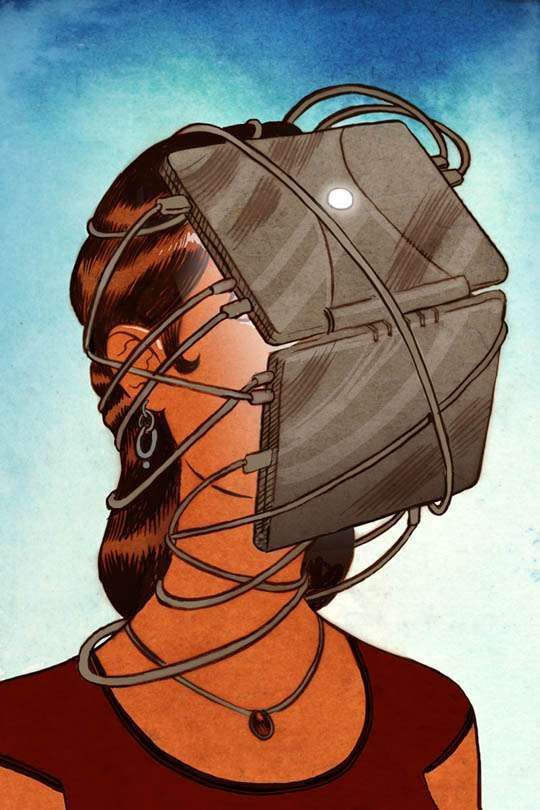
The Influence of Porn
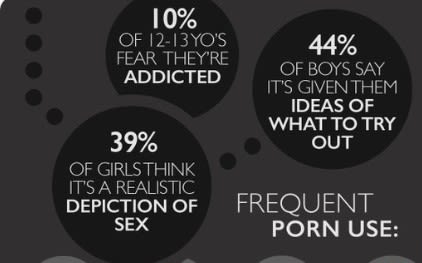
According to Netsafe in 2018, 1 in 5 parents said their children were exposed to sexually explicit content within the past year, with the most common reason cited being due to accidental access, curiosity, or incidental pop-up. But the results change when gender (the variable) is factored in, with parents saying that their male children were more likely to look it up out of curiosity and for sexual arousal than girls.
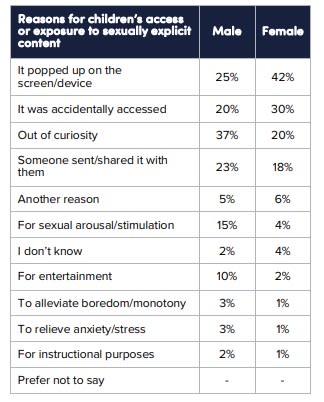
Wide access to the internet means that children will see porn earlier than previous generations did, a detriment during a particularly impressionable period. As shown by the infographic above, 44% of boys are given ideas of what to try out during sexual intercourse, and 39% of girls believe that porn provides a realistic interpretation of sex. In writing for the Nursing Journal for Otago Polytechnic, Rowley found that only "2-3% of heterosexual encounters in online pornography involved condom use," (Rowley, 2019) and that young Australian women who viewed porn frequently were more likely to have had anal sex, giving evidence to the claim that "young people may be using porn to guide their real-life experiences."
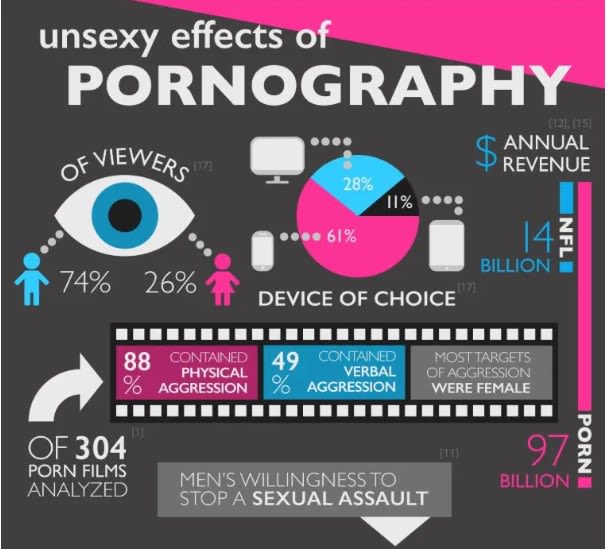
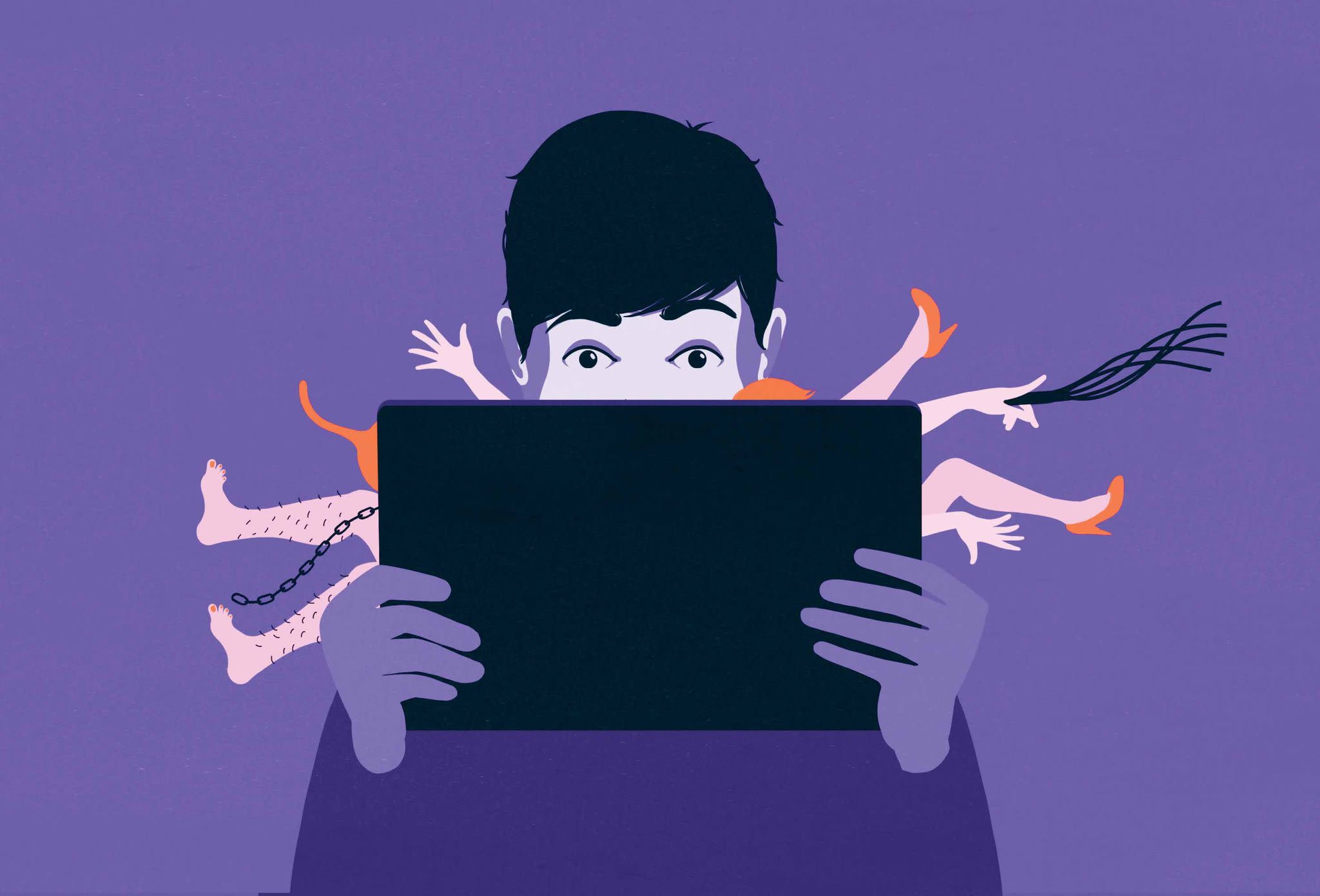


12 to 18

Teenagers and Highschool
Media has influenced teenagers' interpretation and understanding of explicit content. Therefore, it has become critical that inclusive and accurate sex education is being taught in schools. A list of scholars examined studies from over three decades of research on sex education and found “evidence for the effectiveness of approaches that address a broad definition of sexual health and take positive, affirming, inclusive approaches to human sexuality.” Findings strengthen justification for the widespread adoption of the National Sex Education Standards.
Most teens get their sex education online, and it isn't accurate.
'Out of 177 sexual health websites examined in a 2010 study by the Journal of Adolescent Health, 46% of those addressing contraception and 35% of those addressing abortion contained inaccurate information.'
Identity
The establishment of identity, along with experimentation, is one of the most important aspects of adolescence. Societal views of gender can limit young people’s perceptions and expectations of themselves. It may also adversely affect the self-esteem, mental health, and relationships of an individual.
In their teen years, young people experiment with their looks. The interest in beauty among teens begins at an early age. This is an opportunity for teenagers to try out new things and experiment with the magic of makeup. It is just a matter of continuing their conversion into adolescence by allowing boys and girls
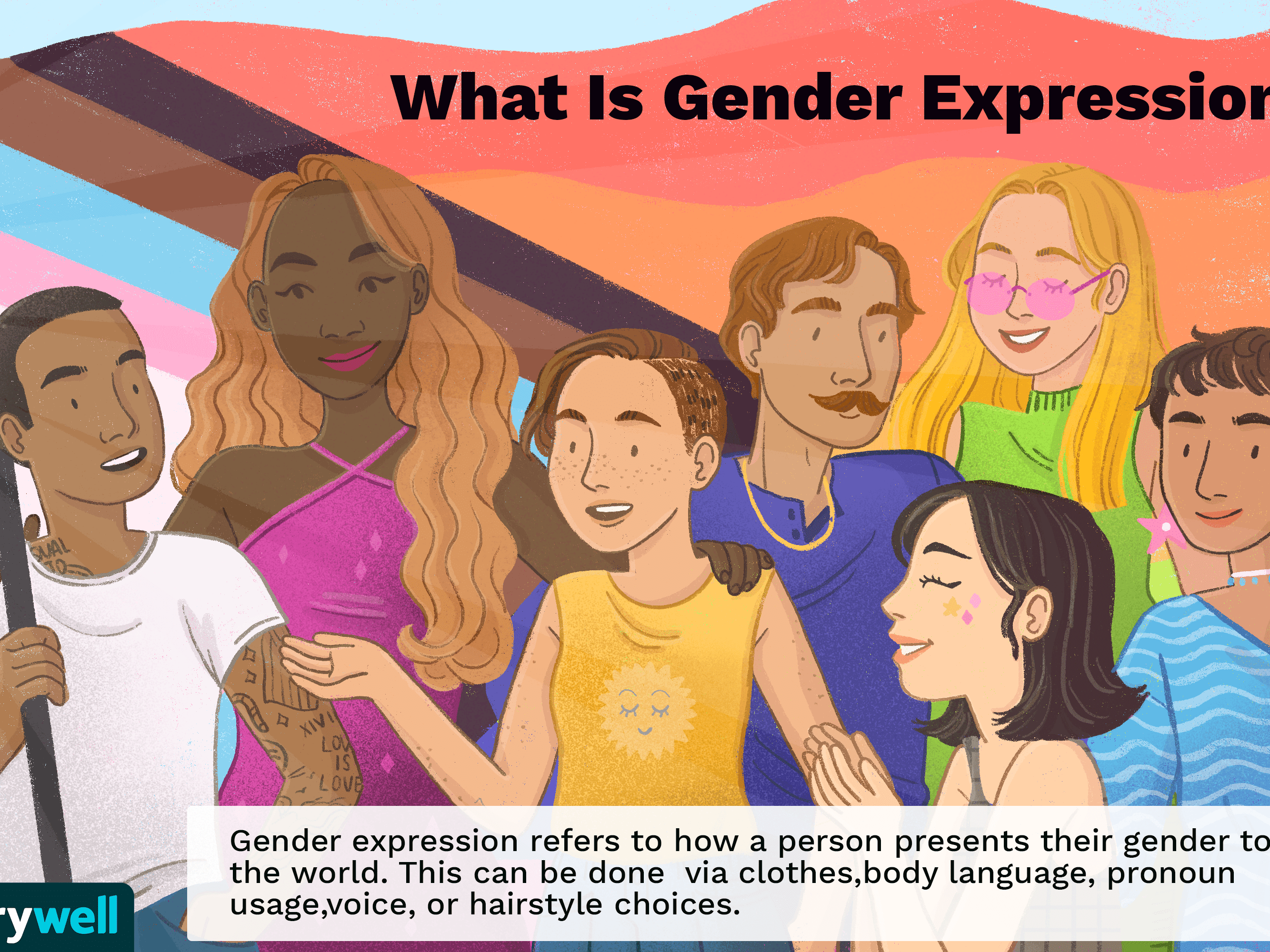
Late teens & early adulthood
It seems that teenage years and maturing are both accompanied by difficulties. It makes sense, as these years represent a time of growth (mentally and physically) and development. Society considers 18 to be the threshold into adulthood, a time of maturity. The age of 18 also brings with it an increase in responsibilities and opportunities.
'
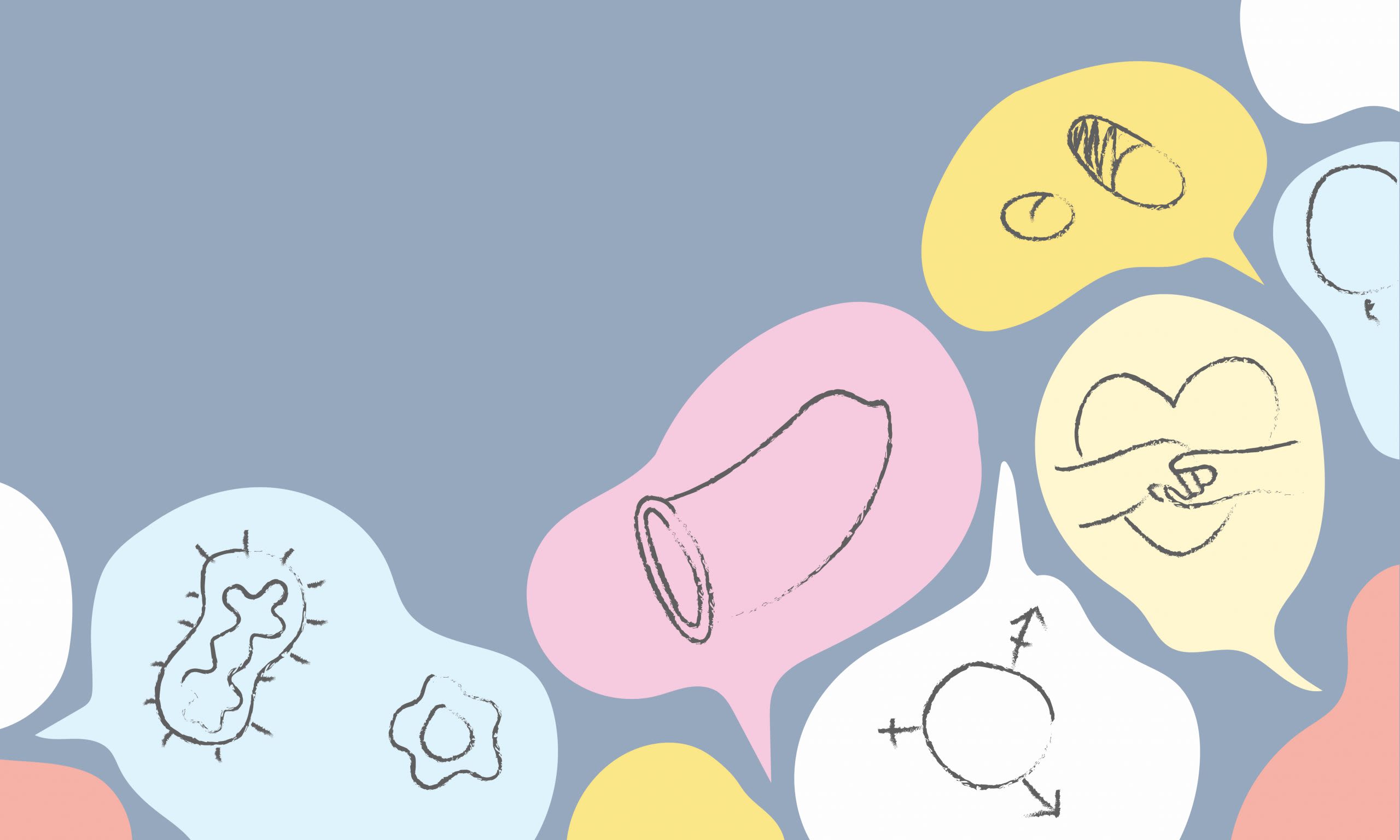
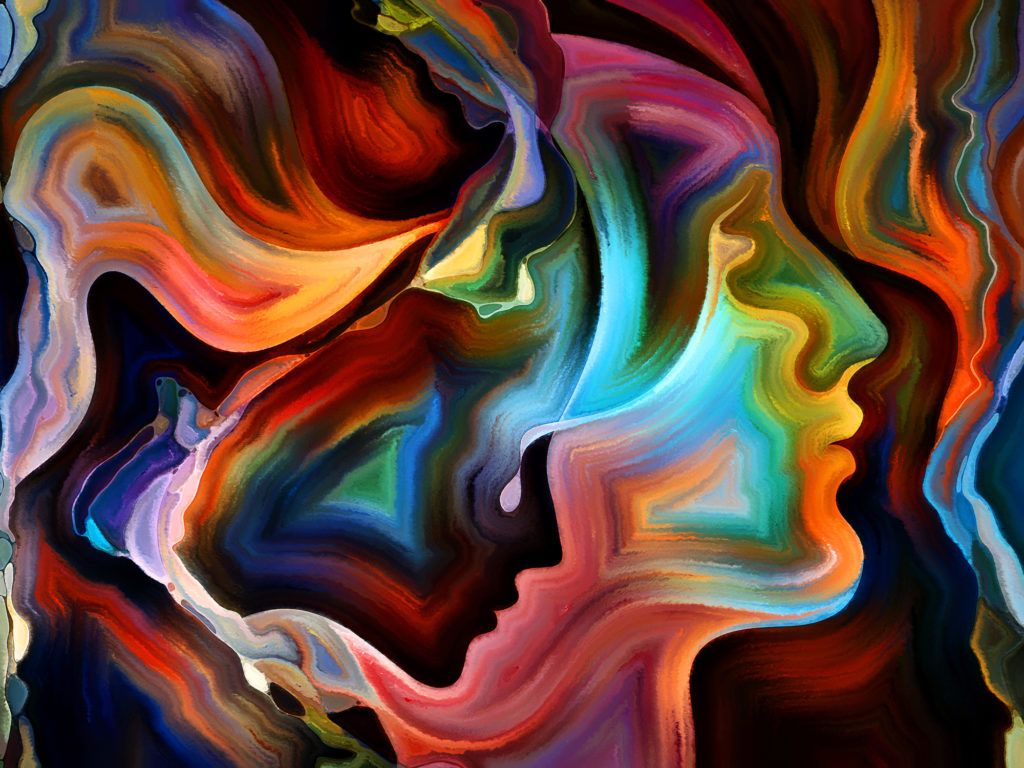

The Future of Gender

Erasing Gender-Influenced Stereotypes
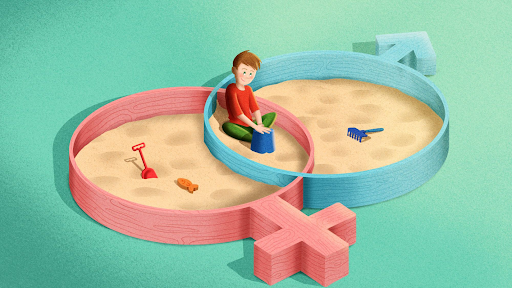
In recent years, there has been an increase of parents not wanting to assign their newborn to a specific gender or disclose their reproductive anatomy, instead wanting them to decide for themselves and give them options.
One recent case is that of Kyl Meyers and her child, Zoomer, (seen left) a five-year-old child raised with no assigned gender at birth. Rather than being pigeonholed into playing with certain toys or dressing up in certain clothes, Zoomer's variety of options and their parental influence (Like alternating between pink and orange as their favourite colour, playing with stuffed dogs and dolls) and education about non-binary people and intersexuality influenced them to adopt an inclusive perspective.
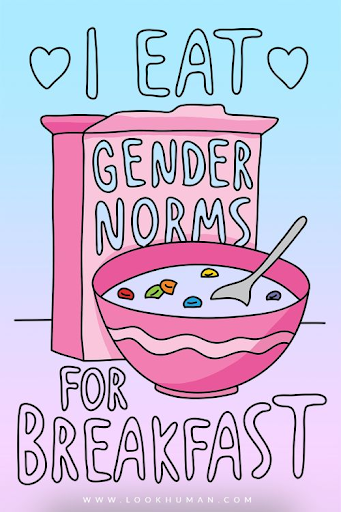
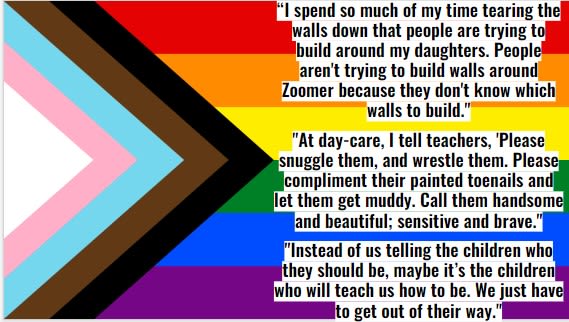
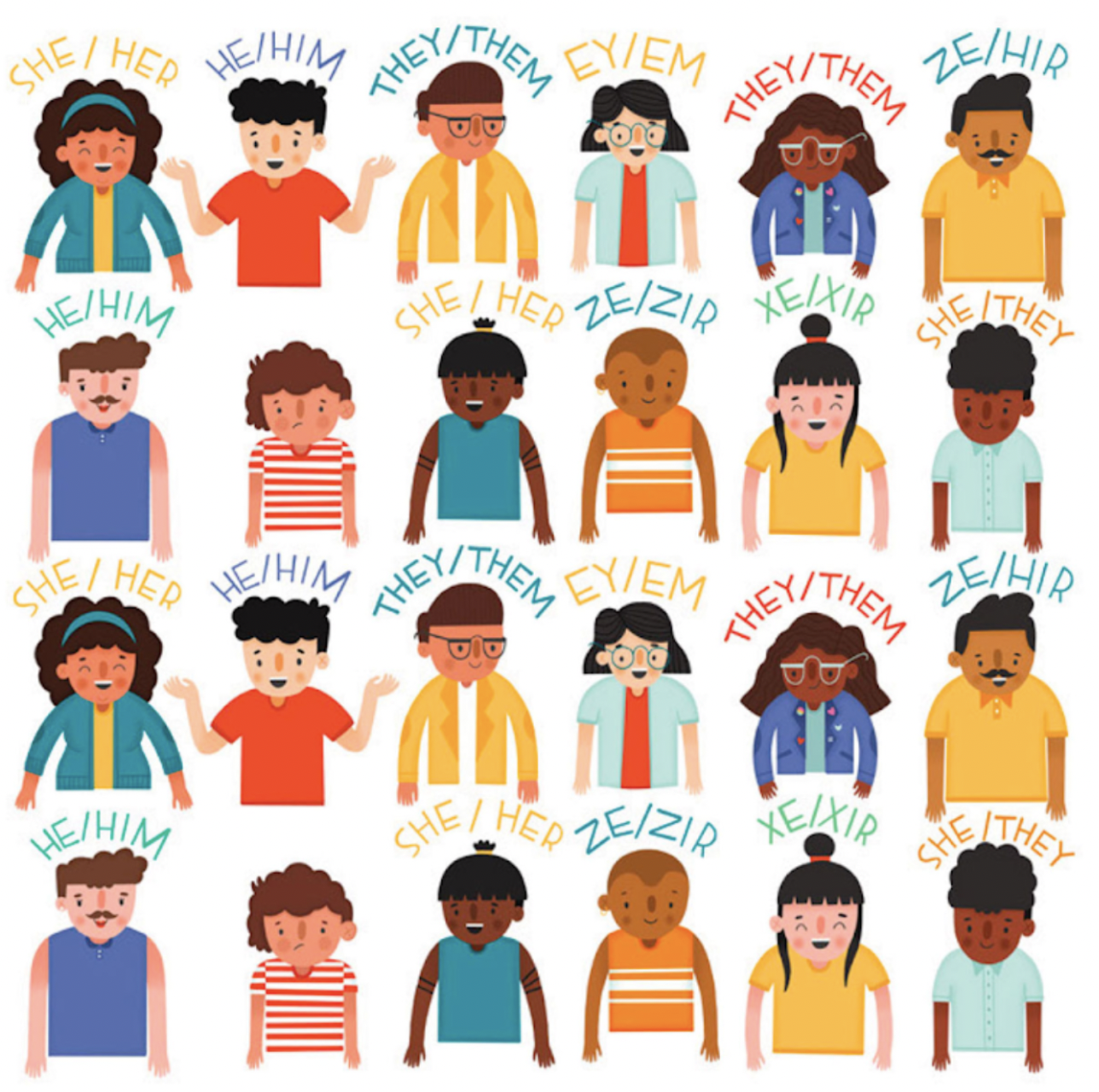
References
- What Students Are Saying About How Social Media Affects Their Body Image (2022) Retrieved 21 September 2022 https://www.nytimes.com/2022/03/31/learning/what-students-are-saying-about-how-social-media-affects-their-body-image.html
11 Facts About Sex Ed in the U.S. That Might Surprise You. (2022). Retrieved 21 September 2022 https://www.cosmopolitan.com/sex-love/advice/a6329/sex-ed-facts/
Netsafe, (2018.) Children’s exposure to sexually explicit content: Parent’s awareness, attitudes, and actions - Retrieved 20th September 2022 https://netsafe.org.nz/wp-content/uploads/2018/12/Parents-and-Pornography-2018_10Dec2018.pdf
Rowley, B. (2019.) - Pornography and Youth: What effects does excess pornography consumption have on mental or sexual health outcomes in youth? - Otago of Polytechnic, Nursing Journal
Meyers, K. (2020). - I Let My Child Create Their Own Gender Identity. The Experience Has Been a Gift for Us Both, Retrieved 20th September 2022
https://time.com/5885697/gender-creative-parenting/
BBC Stories (2017). Girls toys vs boy toys: The experiment -Retrieved 20th September 2022
https://www.youtube.com/watch?v=nWu44AqF0iI
Dickson, S. (2021). Kids and Gender. Support kids to be themselves. Kahukura. Retrieved September 18, 2022 http://www.kahukura.co.nz/wp-content/uploads/2021/12/Toolbox-Kids-and-Gender-White-Ribbon.pdf
Luscombe, B. (2017, September). Kids Believe Gender Stereotypes by Age 10, Global Study Finds. Retrieved September 22, 2022 https://time.com/4948607/gender-stereotypes-roles/
TIME. (2017, September 20) Kids Believe Gender Stereotypes By Age 10, Global Study From 15 Different Countries Says. Retrieved September 19, 2022 https://www.youtube.com/watch?v=kwJN7K2XjJE
Fine, C. (2008). Will working mothers’ brains explode? The popular new genre of Neurosexism. Neuroethics, 1(1), 69-72.
Just Clips (2022). Tik Tok Beautiful Gender Reveal Ideas Best Gender Reveals - Retrieved 21 September https://www.youtube.com/watchv=csmSnOV5qPg&c=4s
Porn infographic: Hope for the Sold
Exposure to Porn infographic: Netsafe https://netsafe.org.nz/wp-content/uploads/2018/12/Parents-and-Pornography-2018_10Dec2018.pdf
